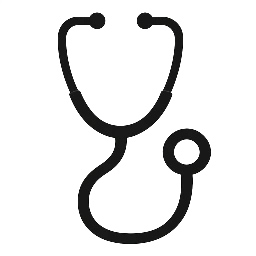This case study provides a firsthand view of how a replenishment process works at a spare parts division. It also shows how sometime industry demand patterns do not follow standard predictable patterns. This case also considers the need for collaboration and coordination in supply chains in both forecasting and inventory management.
/content/enforced/165068-co_SCM-535-MBOL1-2024SU2/Dockomo Heavy Equipment.pdf
Questions:
1. How could CPFR and S&OP help solve the problem of these erratic forecasts? Should Vinod consider forecasting all the parts in the SKU master list (F, M, S, VS) or only a subset of categories?
2. Often industry demand patterns do not follow standard predictable patterns like expected for analysis. How should the safety stock problem be approached and what technologies and methodologies might be used?
3. How would you estimate the re-order point of all parts and what should be the item fill rate across the product categories to achieve a service level of 95%? How can collaboration with suppliers and customers, ensuring real-time visibility, and building flexibility into the supply chain assist with attaining this goal?

Leave a Reply